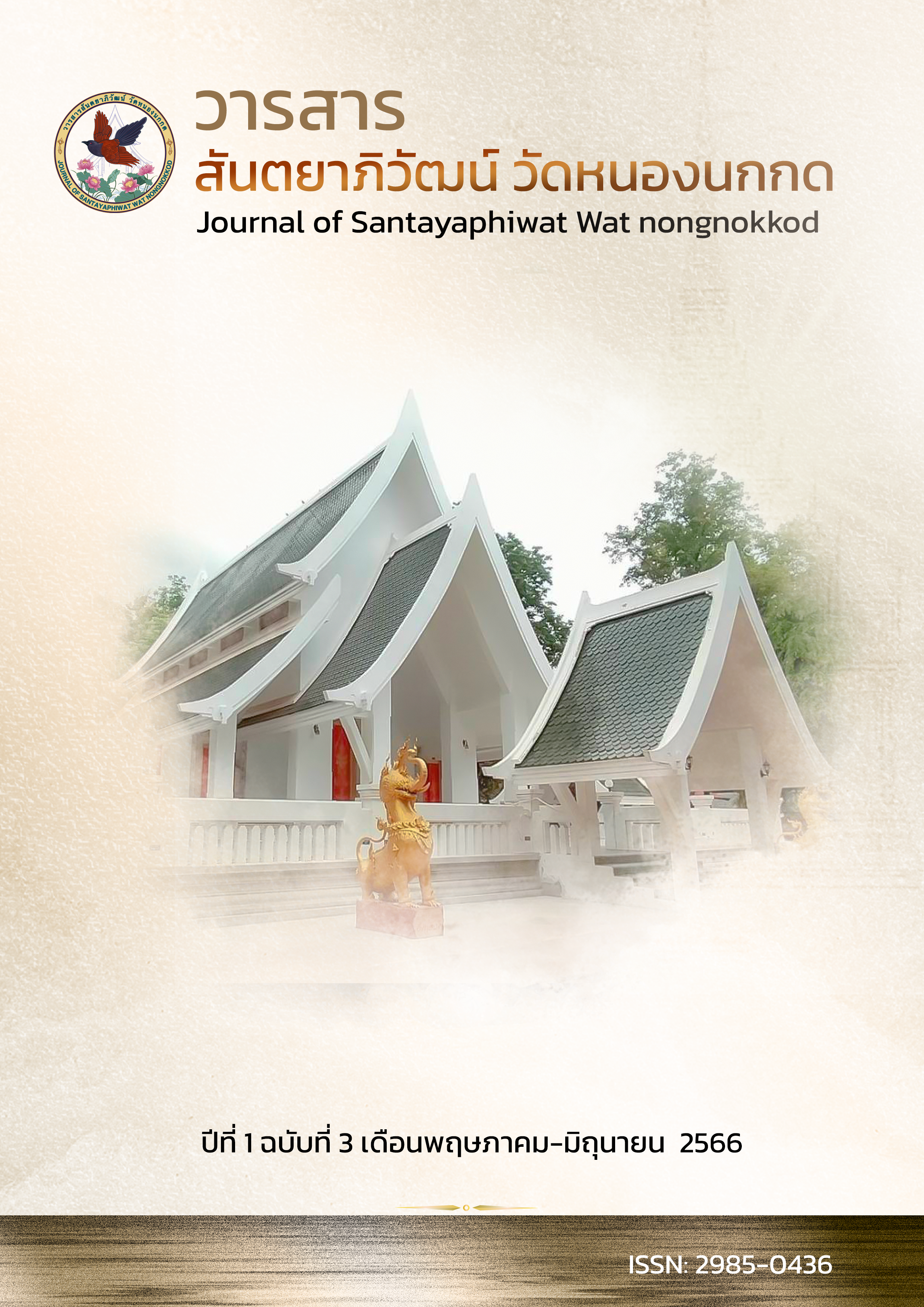THE DEVELOPMENT OF READING COMPREHENSION ABILITY OF MATHAYOMSUKSA 3 STUDENTS BY MANAGEMENT LEARNING USING KWL TECHNIQUE PHUWIANG WITTAYAKOM SCHOOL PHUWIANG DISTRICT, KHON KAEN PROVINCE
Keywords:
English vocabulary, the use of English learning games, novice studentsAbstract
The purpose of this research was to compare the learning outcomes of English vocabulary before and after learning of novices, Mathayomsuksa 3 students at Vajiramakut School. learned from the vocabulary learning plan using games and to study the satisfaction in learning English vocabulary by using games of novices, Mathayomsuksa 3 students at Vajiramakut School. The population used in this research were eight novices, Mathayomsuksa 3 students, Vajiromakut School, semester 2, academic year 2022, by purposive sampling. The tools used in this research consisted of English Vocabulary Learning Plan Using 8 games, a test to measure knowledge of English vocabulary. and a questionnaire to assess the student's satisfaction with learning English vocabulary by using games. Statistics used for data analysis were mean (mean), standard deviation (S.D.), and t–test dependent sample.
The results showed that
- The results of learning English vocabulary by using games for novices, Mathayomsuksa 3 students, Vajiramakut School. Before and after school were statistically different. The pre-learning score had the mean (x ̅) = 3.63, the standard deviation (S.D.) = 1.30, the post-learning score had the mean (x ̅) = 7.75, the standard deviation (S.D.= 0.88 dependent sample = 11.77). So show that After learning English words using games The novice students in the target group had higher learning outcomes of English vocabulary than before. It was found that the result of learning English vocabulary by using the game after learning was higher than before learning at the statistical significance level of .05.
- The students were satisfied with using the game to develop English vocabulary learning at a high level. The average score was 4.34 and the standard deviation was 0.45, according to the assumption that the student's satisfaction was at a high level.








